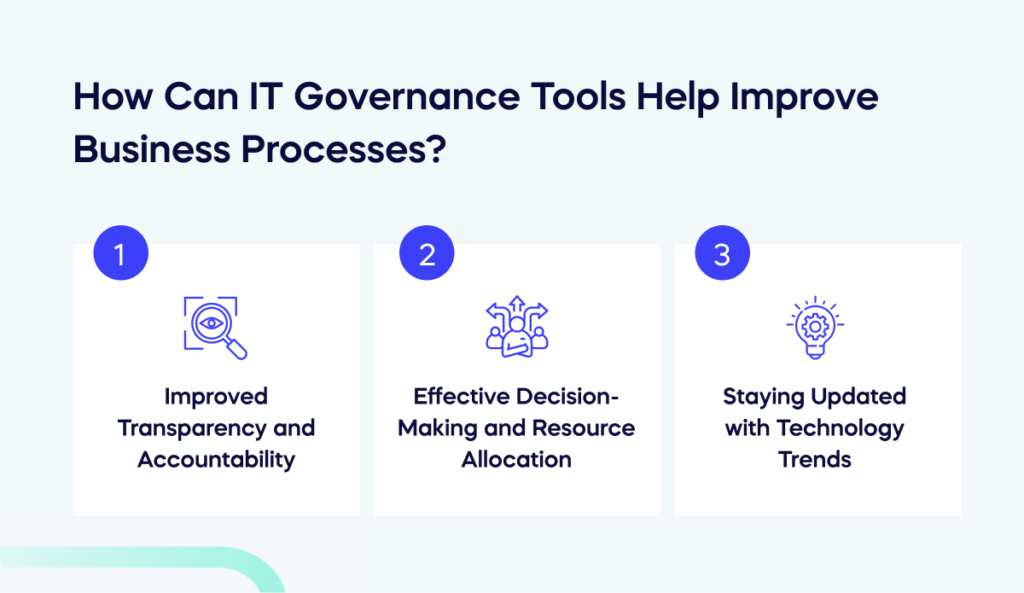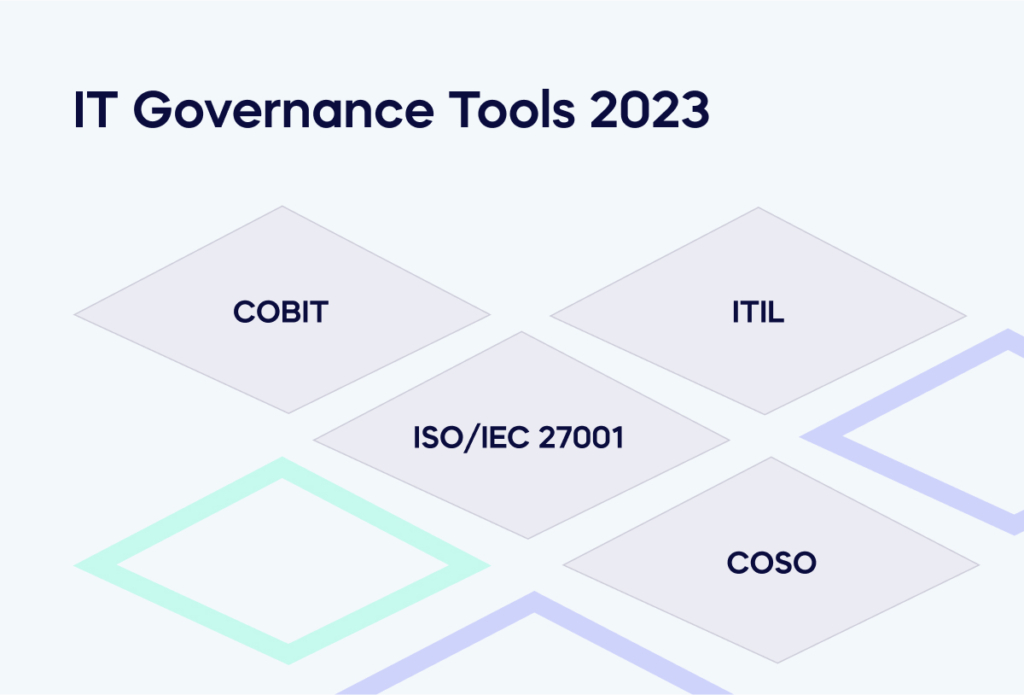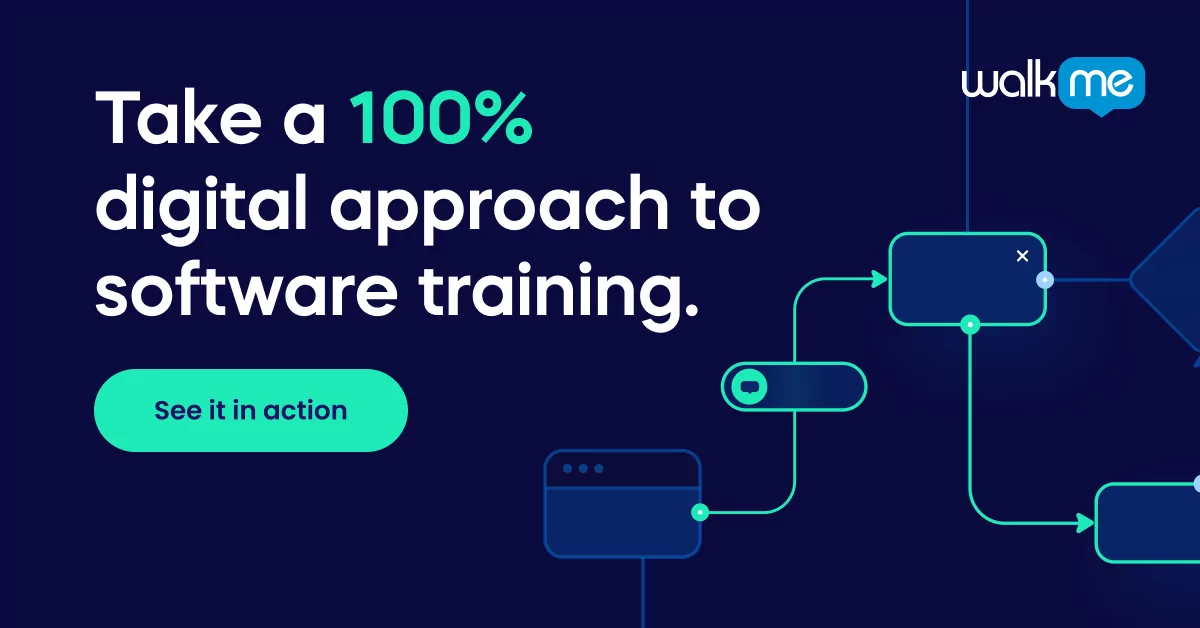The need for agile IT governance becomes even more important as enterprises expand in size and scope.
With multiple departments, teams, and employees working on different projects, having a centralized system to manage and coordinate all the efforts becomes imperative. Effective IT governance can ensure organizational effectiveness goals are aligned with the technology infrastructure and that resources are utilized optimally.
An airport can be a great analogy for a bustling city as it consists of multiple terminals, each with unique functions and requirements. Without proper traffic control, the flow of passengers and planes becomes chaotic, and the entire airport becomes ineffective.
In today’s fast-paced digital world, effective IT governance is not a luxury but necessary for businesses of all sizes. It provides a roadmap for technology innovation and helps organizations stay ahead of the competition.
This article will discuss the importance of IT governance tools and how they can be used to improve business processes. We’ll also take a look at the various types of tools available and the benefits they can bring. Finally, we’ll cover some best practices to implement IT governance correctly and efficiently.
What Are IT Governance Tools?
IT Governance tools are software solutions that help organizations to manage and control their information technology (IT) resources. These tools include various platforms, applications, and frameworks that help in decision-making processes, communication protocols, and compliance monitoring.
IT Governance tools help companies align their IT strategies with business goals, optimize IT investments, manage risks, and ensure regulatory compliance. They also help companies to standardize IT operations, manage IT resources efficiently, and enhance performance.
Examples of IT Governance tools include:
- COBIT
- ITIL
- ISO/IEC
- 27001
- COSO
These tools enable organizations to establish effective governance frameworks, improve accountability, and enhance competitiveness. We will go into depth on these tools later in this article.
Why Are IT Governance Tools Important?
In the modern age, technology acts as the lifeline of businesses across all industries. It enables organizations to streamline operations, reduce costs, and enhance customer satisfaction.
However, with this reliance on technology comes an increased need for IT governance tools.
Using IT governance tools is crucial for any organization that wants to stay competitive in today’s rapidly changing business environment. These tools ensure that technology is aligned with the organization’s objectives by providing a framework for managing and measuring IT performance. They help mitigate risks associated with technological advancements and ensure compliance with legal and regulatory requirements.
IT governance tools also promote transparency and accountability throughout the organization. They enable effective decision-making and resource allocation, reducing inefficiencies and enhancing overall productivity.
Ultimately, they help organizations achieve their strategic objectives while staying current with the latest technology trends. Without proper IT governance tools, businesses risk falling behind their competitors and losing out on valuable opportunities, especially those who have invested in the digital marketplace.
How Can IT Governance Tools Help Improve Business Processes?

IT governance tools have significant benefits that can help businesses optimize their resources, improve efficiency, and drive growth. These tools offer several advantages, which can be highlighted as follows:
Improved Transparency and Accountability
- IT governance tools provide real-time visibility into IT operations and resource allocation, enabling businesses to identify improvement areas and make informed decisions.
- This increased transparency promotes a culture of accountability, reducing errors and redundancies and leading to better overall outcomes.
Effective Decision-Making and Resource Allocation
- IT governance tools provide a framework for managing IT investments, enabling businesses to prioritize tasks based on impact and urgency, allocate resources efficiently, and identify opportunities for innovation.
- Optimal resource utilization leads to better customer satisfaction, increased profitability, and improved overall performance.
Staying Updated with Technology Trends
- IT governance tools help businesses stay updated with emerging technology trends and industry best practices.
- This knowledge enables businesses to adapt quickly to new market conditions and remain competitive, leading to improved processes, efficiency, and customer experience.
IT Governance Tools 2023

COBIT, ITIL, ISO/IEC 27001, and COSO are essential IT governance tools used by organizations worldwide to manage their IT infrastructure effectively.
Each framework provides a structured approach to IT governance that helps businesses align their IT objectives with their business goals, ensure regulatory compliance, and improve the efficiency and effectiveness of their IT operations.
COBIT
COBIT (Control Objectives for Information and Related Technologies) is a framework for IT governance that provides a comprehensive set of guidelines and best practices for managing and governing enterprise IT.
The framework comprises five key areas: governance and management, information criteria, resource optimization, risk management, and performance measurement.
Governance and Management: The governance and management component of COBIT focuses on establishing clear roles and responsibilities for IT governance activities and ensuring that these activities align with the organization’s overall objectives.
Information Criteria: The information criteria component of COBIT establishes the requirements for information quality, security, and compliance. Organizations must ensure that their information meets these criteria to achieve business objectives.
Resource Optimization: The resource optimization component of COBIT focuses on optimizing the available resources to achieve the desired outcomes. This includes the allocation of resources, the alignment of IT investments with business objectives, and the management of IT costs.
Risk Management: The risk management component of COBIT focuses on identifying and managing risks associated with IT processes. This includes risk assessment, risk mitigation, and risk monitoring.
Performance Measurement: The performance measurement component of COBIT focuses on measuring the effectiveness of IT governance activities. This includes monitoring and reporting key performance indicators (KPIs) to ensure the organization achieves its goals.
ITIL
ITIL (Information Technology Infrastructure Library) is a set of best practices for IT service management (ITSM) developed by the UK government in the 1980s. ITIL has since evolved into a globally recognized framework for managing IT services.
The framework comprises five core books: Service Strategy, Service Design, Service Transition, Service Operation, and Continual.
Service Strategy: The service strategy component of ITIL focuses on defining the organization’s overall strategy for delivering IT services. This includes identifying customer needs, defining service offerings, and developing a portfolio.
Service Design: The service design component of ITIL focuses on designing new IT services and improving existing ones. This includes the design of service processes, technology architectures, and service level agreements (SLAs).
Service Transition: The service transition component of ITIL focuses on managing the transition from development to production of new or changed IT services. This includes release management, change management, and configuration management.
Service Operation: The service operation component of ITIL focuses on the day-to-day management of IT services. This includes incident management, problem management, and service desk management.
Continual Service Improvement: ITIL’s continual service improvement component focuses on continuously improving the quality of IT services. This includes measuring performance, identifying opportunities for improvement, and implementing changes to services and processes.
ISO/IEC 27001
ISO/IEC 27001 is an international information security management system (ISMS) standard. The standard provides a systematic approach to managing sensitive company information to ensure it remains secure.
ISO/IEC 27001 helps organizations establish, implement, maintain, and continually improve their information security management systems. The standard provides a framework for identifying security risks, implementing controls to mitigate those risks, and monitoring the effectiveness of those controls.
Risk Assessment: The risk assessment component of ISO/IEC 27001 involves identifying and assessing the risks associated with sensitive company information. This includes determining the likelihood and impact of these risks and prioritizing them based on their severity.
Risk Mitigation: The risk mitigation component of ISO/IEC 27001 involves implementing controls to mitigate the identified risks. This includes implementing policies and procedures, using technical firewalls and access controls, and providing employee training and awareness.
Risk Monitoring: The risk monitoring component of ISO/IEC 27001 involves monitoring the effectiveness of the controls implemented to mitigate risks. This includes regular reviews of policies and procedures, ongoing vulnerability assessments, and periodic penetration testing.
COSO
COSO (Committee of Sponsoring Organizations of the Treadway Commission) is a framework for enterprise risk management (ERM). The COSO framework is designed to help organizations identify, assess, and manage risks that could impact their business objectives.
The framework comprises five key components: internal environment, objective setting, event identification, risk assessment, and risk response.
Internal Environment: The internal environment component of COSO focuses on establishing a risk management culture within the organization. This includes defining the organization’s values, ethics, and risk appetite.
Objective Setting: The objective setting component of COSO involves defining the organization’s objectives and aligning them with its overall strategy.
Event Identification: The event identification component of COSO involves identifying events that could impact the achievement of the organization’s
A Compliant Future: IT Governance Tools Best Practises
It’s clear that implementing effective IT governance tools and practices is crucial for businesses to ensure the security and compliance of their data. Companies can create a more secure and compliant future by establishing clear policies and procedures, regularly assessing and auditing technology infrastructure, and staying up-to-date with the latest trends and technologies.
In today’s technologically advanced world, the stakes are high for protecting sensitive information. Cyber attacks and data breaches pose a constant threat, making it more important than ever for businesses to prioritize IT governance. By taking a proactive approach and implementing best practices, organizations can mitigate risks and safeguard against potential damages.
In essence, IT governance is not just a matter of compliance but a critical component of securing a business’ future. By prioritizing IT governance and investing in the right tools and practices, companies can create a safer and more compliant environment for themselves and their customers.


